-Faithful to the tradition of Aubussonnaise greenery, this verdant landscape gives us the opportunity to see several birds in a natural setting; two wading birds including a heron in the foreground, a bird perched on a branch of the tree on the left side. The background is embellished with a body of water fed by a small waterfall. In the distance, a bridge with a few buildings complete this picturesque landscape by adding depth.
-Technique: oil painting on canvas
-Total dimensions: 1.23 m (width) x 2.45 m (height)
- Wear and cracks are to be noted.
-Cartoon is the full-scale model from which the weaver executes a tapestry. Placed under the loom, it guides the weaver during weaving. The cartoons are made by specialists, the cartoonist painters. A veritable link between the artist and the artisan weaver, one of the particularities of the work of the cardboard painter, subject to the constraint of weaving, is to transpose onto a "cardboard" support (rag paper, thick paper later then canvas) a work imagined on a small format model by an artist. For this, the cartoon painter enlarges the pattern to scale, depending on the size desired for the tapestry. While doing this, he reworks the pattern so that it can be easily translated into tapestry by the weavers. It is therefore not an established painting with all the freedom of plastic expression that an artist can use when painting a picture. The cardboard artist must impose certain constraints on himself according to the particular technique of tapestry using a raw textile material (wool and/or silk). Also, the shapes must be painted precisely: the different color zones must be clearly delimited. Cardboard being a working tool, they are often cut into vertical strips to facilitate the weaving taking place in the horizontal direction. In addition, the paintings are often damaged for the needs of weaving (cut, cracked, pinholes, etc.). Also, the success of a tapestry model can be assessed by the wear and tear of its cardboard. After the closure of many factories and workshops, from 1985, these painted works left the workshops to be dispersed on the art market. They are regularly used today in wall decoration.



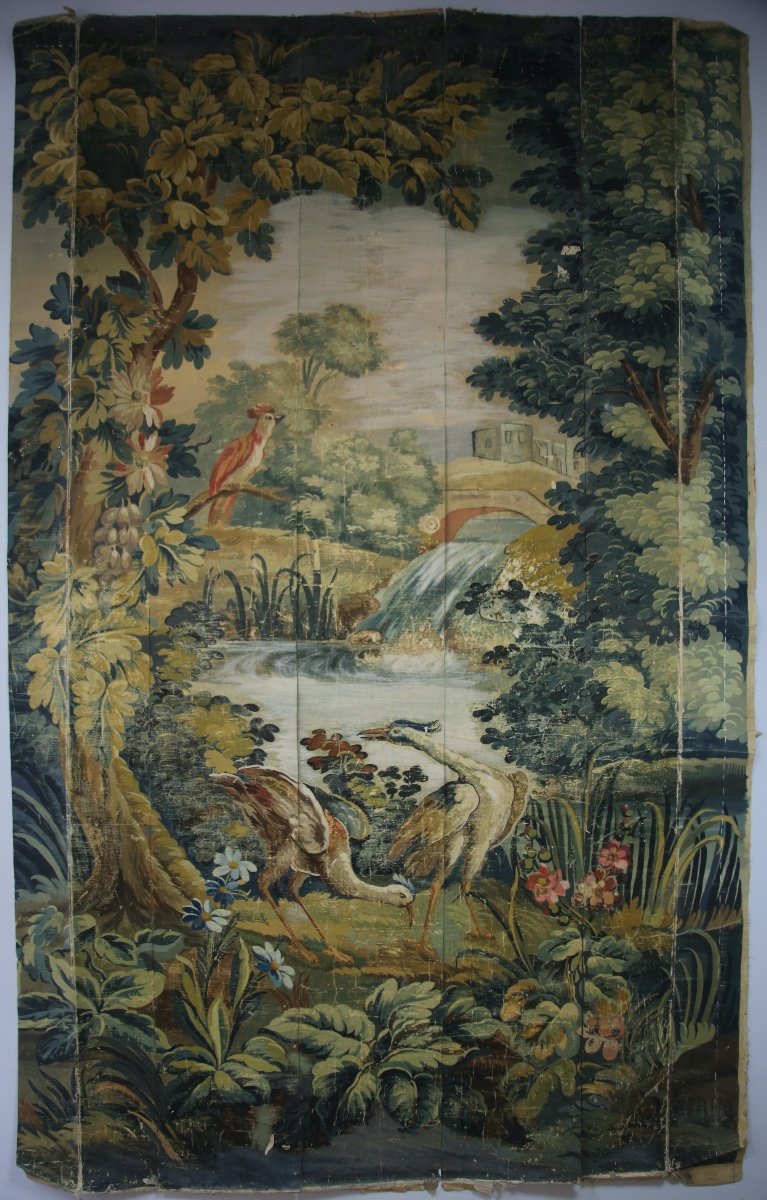
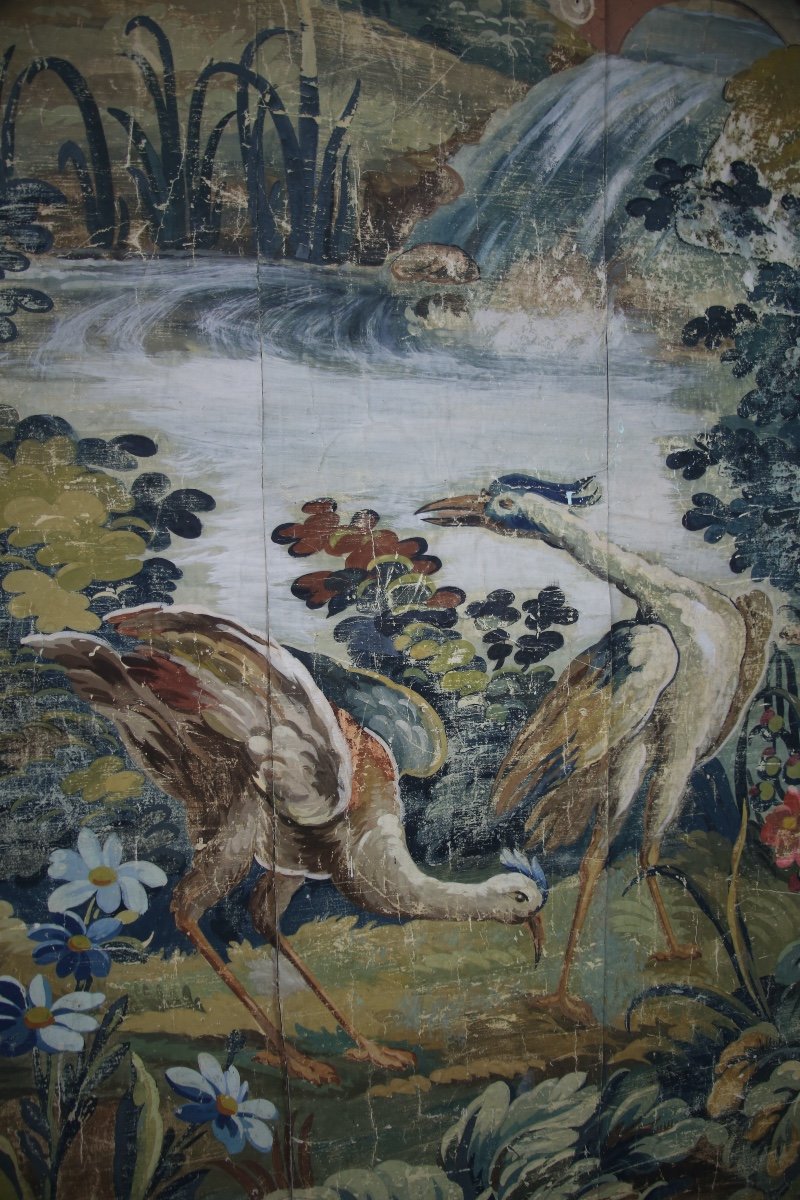
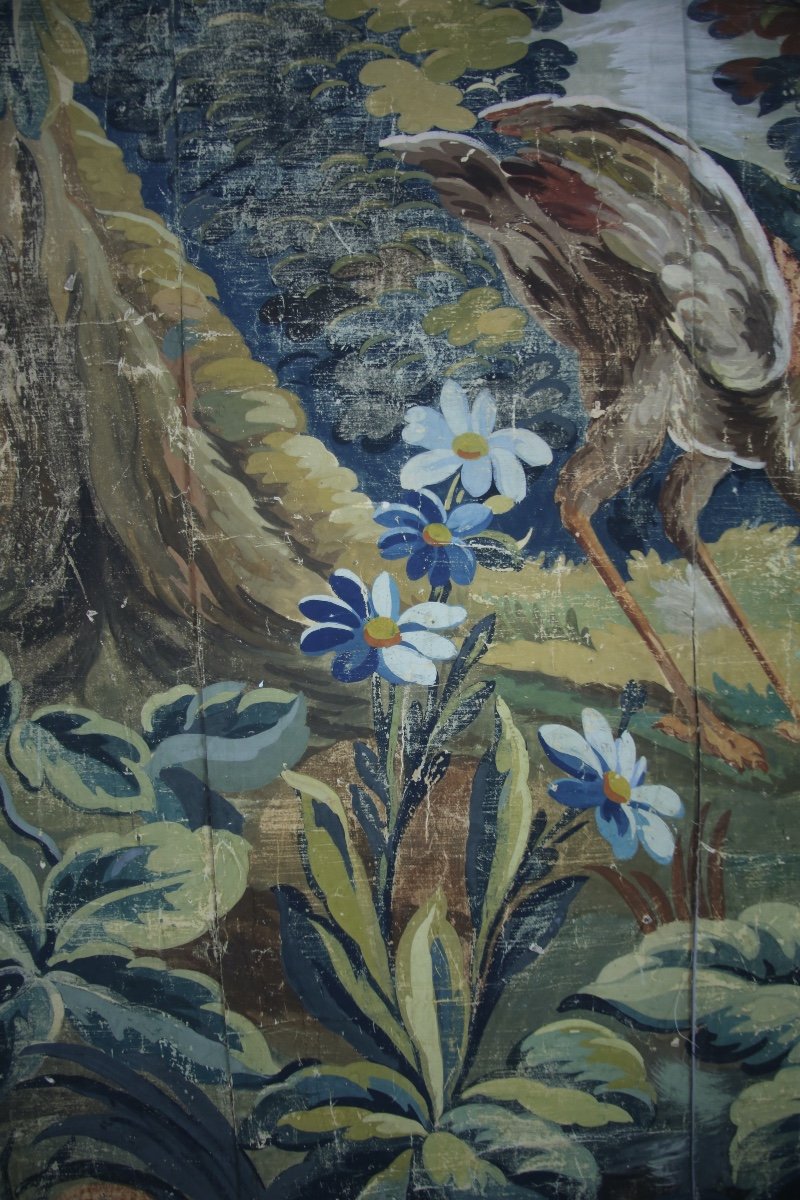
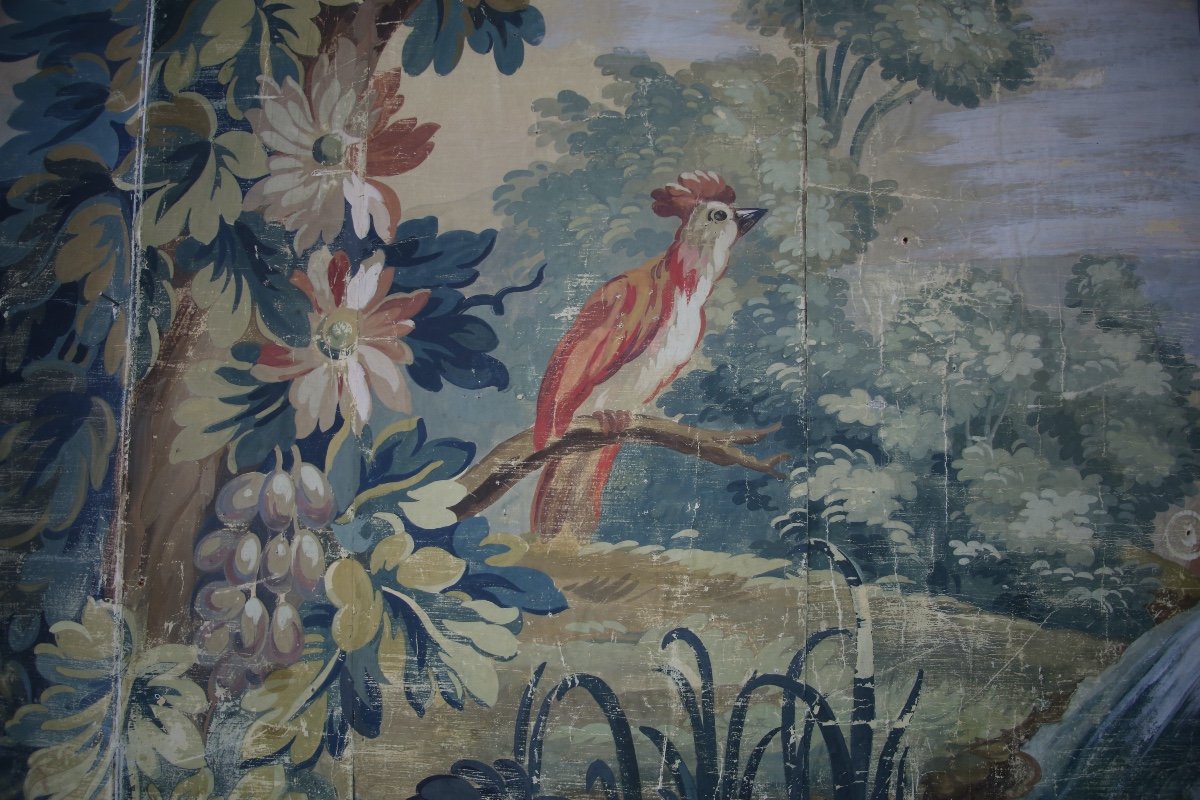
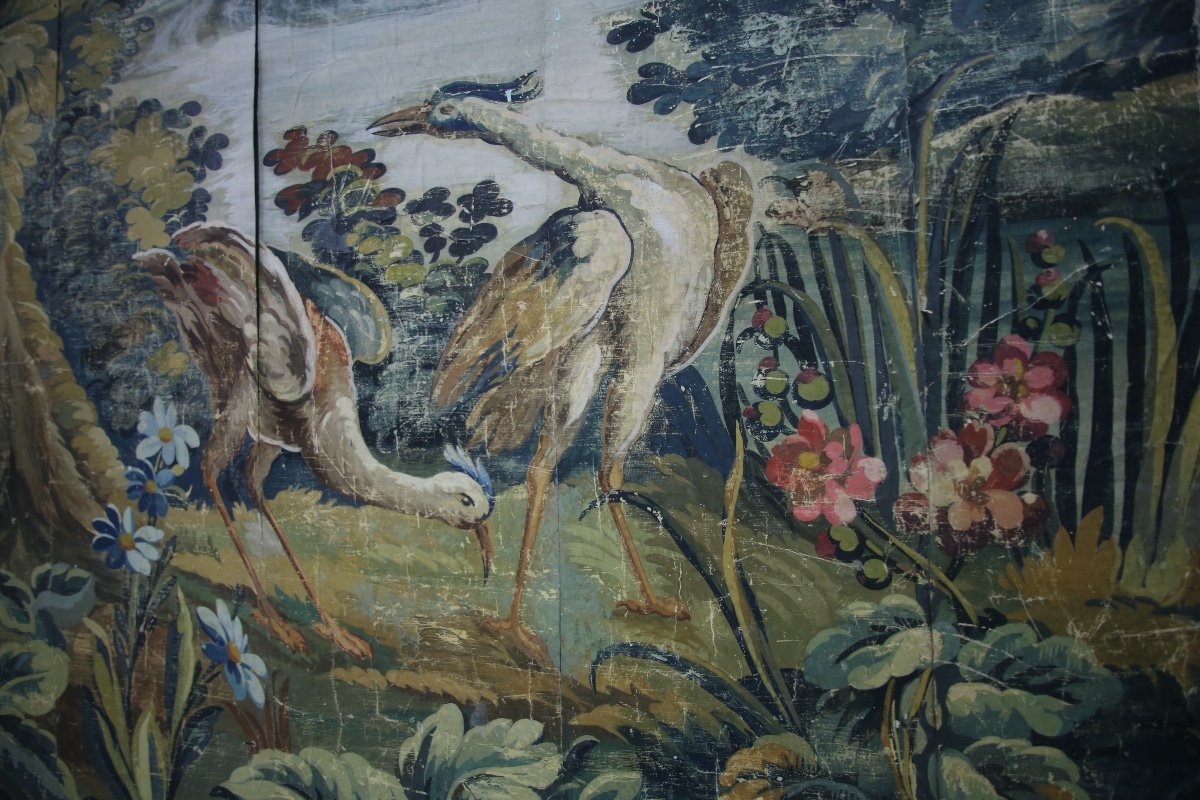


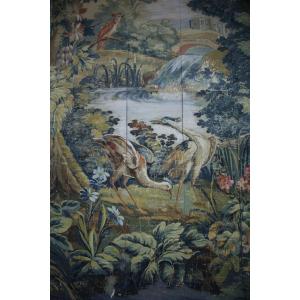












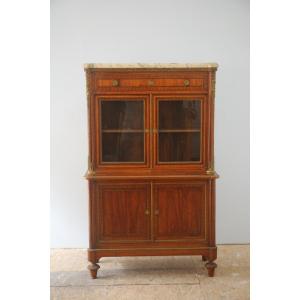
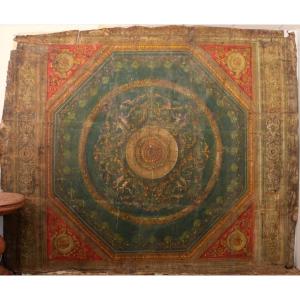
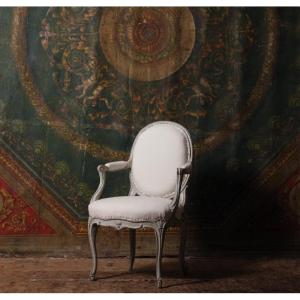


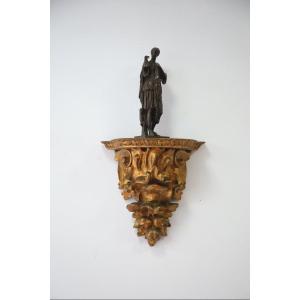



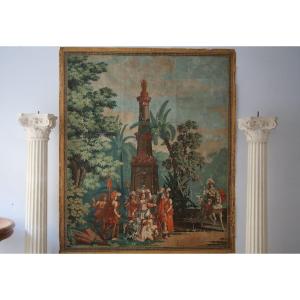

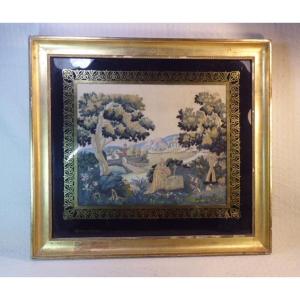



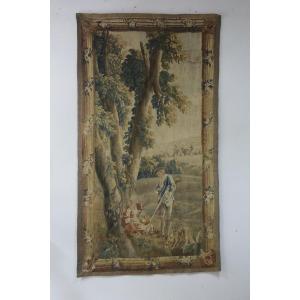



 Le Magazine de PROANTIC
Le Magazine de PROANTIC TRÉSORS Magazine
TRÉSORS Magazine Rivista Artiquariato
Rivista Artiquariato